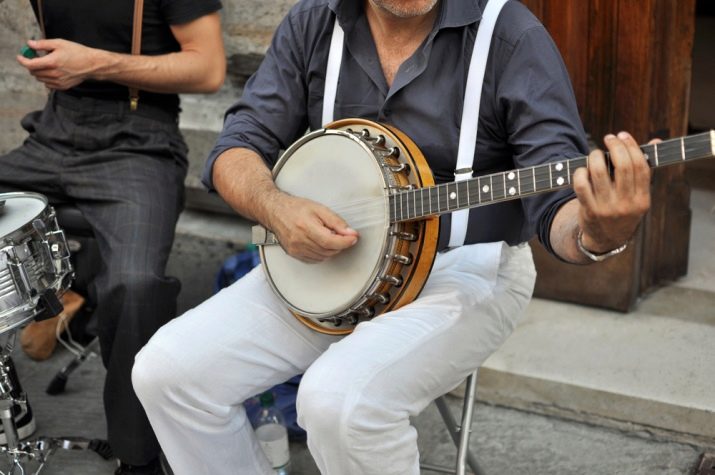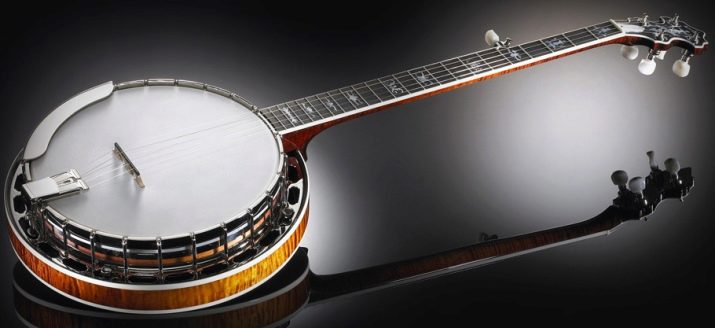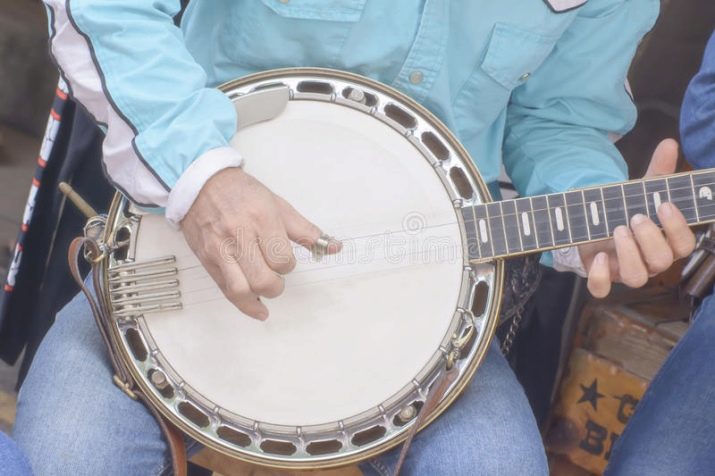How to play the banjo?

The sound of the traditional banjo fascinates many. Learning to play a musical instrument is not that difficult. First you have to find the right banjo. In the future, it is enough to use the tutorials in any convenient form.

Peculiarities
Getting to know the banjo starts with choosing the right musical instrument. There are 4-string variations as well as 5 and 6. It is worth choosing based on the style of music that you plan to play. It is worth focusing on certain characteristics.
- 4-string banjo - classic. A good solution for Celtic and Jazz music. Usually such an instrument is chosen by novice musicians.
- The 5-string banjo is universal. Usually it plays chords of blues and folk music. The fifth string starts in the middle of the fretboard. Beginners prefer this option when they want to expand their selection of tunes.
- 6-string banjo - professional. The instrument is difficult for beginners, but allows you to play many melodies in different styles.
You should not start learning to play with it - you can only consider it if you already have basic skills.


The banjo is available with an open bottom or with a resonator. The first rear view has nothing, while the second has a wooden rim to improve the volume. Different designs also affect the sound, so you should try both before buying. The open-bottom instrument is more commonly used by beginners due to its affordable price and quiet sound. If you play with other musicians, you need an instrument with a resonator.
A comfortable gap and scale should be selected. The first is the gap between the neck and the strings. The low clearance makes it easy to use the musical instrument. The mezura is the size of the string from the lower threshold to the upper threshold. Usually the length is 58–83 cm, and 66 cm is optimal for beginners.


How to keep?
When playing the banjo, it is very important to choose the correct body position, otherwise the instrument will sound incorrect, the game will become more difficult, and the risk of injury will increase. The back should be straight, whether the player is sitting or standing. The banjo should be held at a 45 ° angle with the bottom facing straight into the floor.
The neck should not be held too tightly, as the strings will quickly fail.

It is equally important to hold your hands correctly. The right hand sits on the strings near the lower threshold, and the left sits on the fretboard. Place the little finger and ring finger of your right hand slightly under the first string. At first, you can use double-sided tape for fixing.
The thumb of your other hand should be touching the back of the bar. In this case, the rest of the fingers reach the frets. The hand must be held in this state while playing the banjo. At first, it makes sense to just practice holding the desired position.

How to study?
Before starting the training, you need to set up the instrument. This task may be intimidating for beginners, but there is nothing difficult about it. Tuners are used for tuning. They should be twisted to the sides, while the strings are pulled or loosened. There are three options for tuning the banjo.
- Electronic tuner. Chromatic models are used. You can buy such a tuner at any music store.
- Piano or keys. If you have such a musical instrument, then the tuning process will be quite simple. You just have to press a key on the piano with the desired note and twist the tuners on the banjo until the sound is as close as possible. This will take some time, but after tuning in this way it is easy to tell when the strings need to be pulled up again.
- The banjo is tuned to the note G. You can also find out the correct sound using an electronic tuner.

There are several scenarios for learning to play the banjo. The self-study guide is available in print or video format. In the second case, it is much easier to conduct lessons, because you can see and hear the desired result. First you need to learn how to touch the strings with your nails, thus reproducing simple melodies. Playing with the right hand involves using the first, second and fourth fingers.
Plectras can be used. These devices mimic nails. Banjo sounds louder with these attachments.
In this case, you should not put too much pressure on the string. Even light pressure is enough to make the instrument sound.

The main exercises consist of learning rolls. These are certain melodies that consist of only 8 notes and fit into 1 musical meter. There are many simple rolls to hone your craft. The simplest variation is played this way: 5-3-1-5-3-1-5-3. It is quite easy to roll forward by the number of the strings.
Over time, you should learn to play with the rhythm. It is convenient to use a metronome for control. Then it makes sense to move on to more complex melodies.
An important rule is to practice daily. It will take only 30 minutes to develop the required skill.


See the next video for the sound of the banjo.








